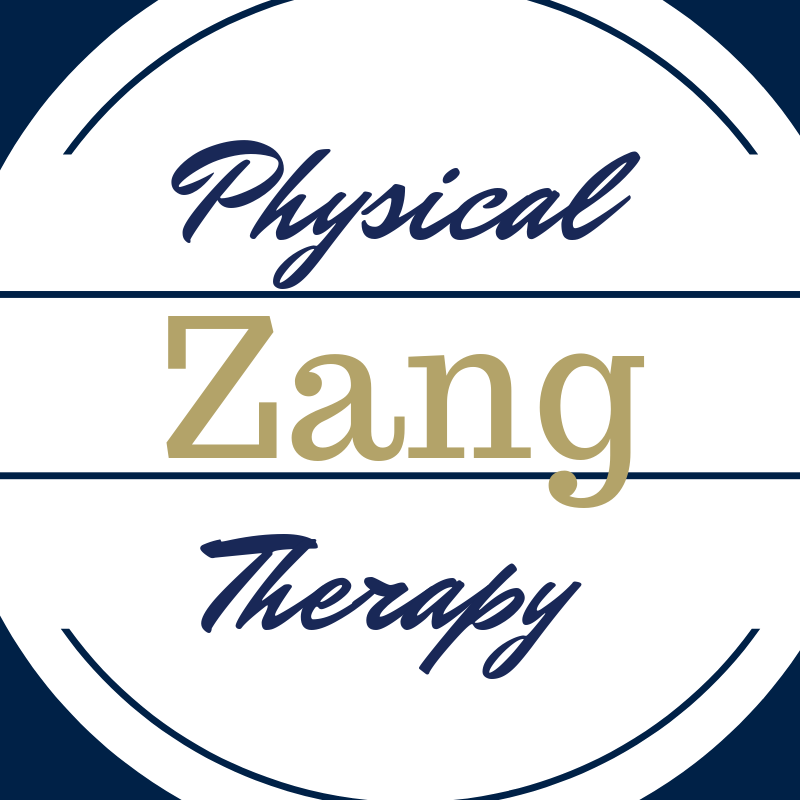A study published in the Journal of Pain found 1 in 10 people live with daily pain. An estimated 55% of the American population experiences some form of pain in any given 3-month period. These are a staggeringly high numbers, which leads to the question about how people are coping with pain?
Pain is a highly individualized experience that can be difficult for the individual to qualify or quantify. With this in mind, options for coping with pain include: medications, injections, massage, acupuncture, and physical therapy among others.
But is any one form of treatment better than the others? That is truly a difficult question to answer. It is one healthcare professionals across the country attempt to answer every day. One of the largest hurdles to clear dealing with chronic pain is the psychological impact on life. Most do not think about psychology in regards to pain. However, psychology is present in the form of thinking about how to alter an activity to reduce pain. It is also making the conscious choice to not participate in a desired activity out of fear of pain.
This takes us into the whole pain science theory and discussion throughout healthcare attempting to treat the entirety of a patient’s condition: physical, mental, and emotional. Some individuals are comfortable and qualified to provide treatment in this realm including psychologists specializing in cognitive behavioral training or chronic pain as well as physical therapists who treat chronic pain. A new wave a care integrates the 2 disciplines together to maximize benefit for the patient. I realize and have had discussions regarding the stigma associated with psychologists. However, in these instances, they help act as pain control specialists teaching coping strategies in conjunction with physical therapists.
Together we build a program to teach a patient how to manage their pain while at the same time integrating activity under controlled circumstances. This way, the patient is able to complete with manageable pain and find success in achieving the activity. Then as they achieve more success, their brain-body begins to reset their pain system to a lower level.
So to those who live with chronic pain and have not found relief in pills, injections or other treatments, take the next step and call your physical therapist who can work together with others in the healthcare system necessary to help you achieve a less painful more active lifestyle.
If you would like more information on Pain, I suggest watching Understanding Pain (in less than 5 minutes) https://www.youtube.com/watch?v=C_3phB93rvI or Lorimer Moseley’s TED talk (14 min) https://www.youtube.com/watch?v=gwd-wLdIHjs&list=PLgTDlO6yMAv2JNAFZvYBB1gJzkGwgp4lM
If you have more questions regarding pain, please contact me to discuss your concerns.
